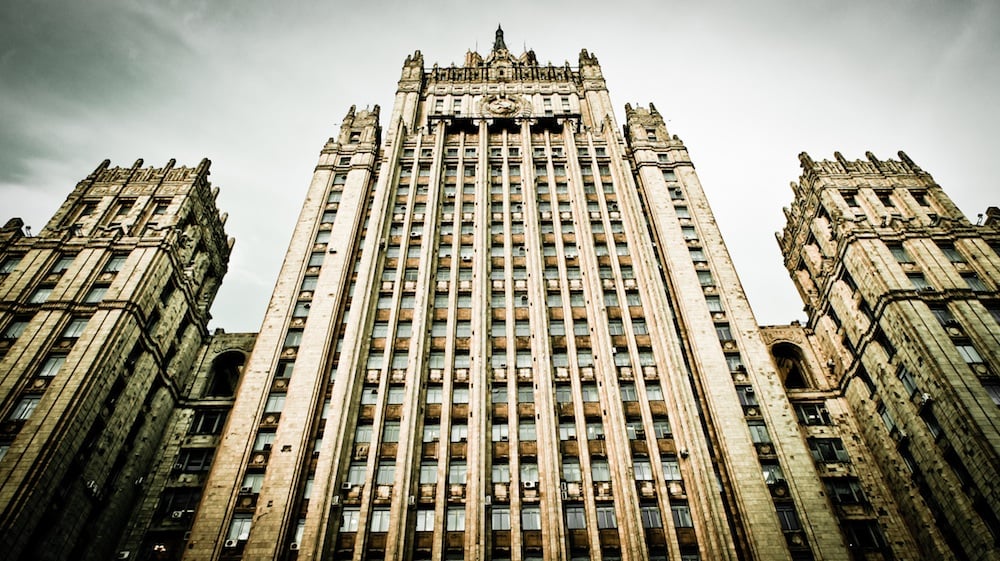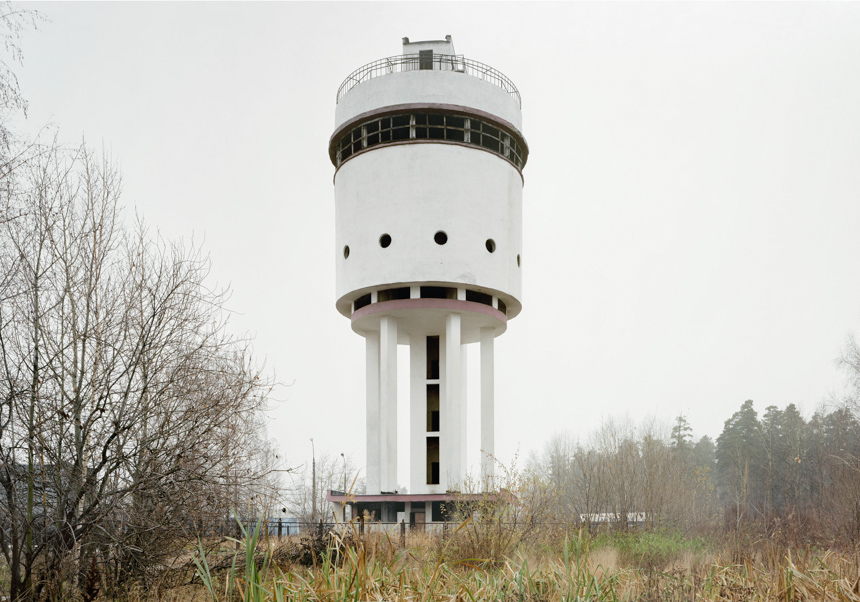Narkomfin: can a utopian housing project survive in modern Moscow?
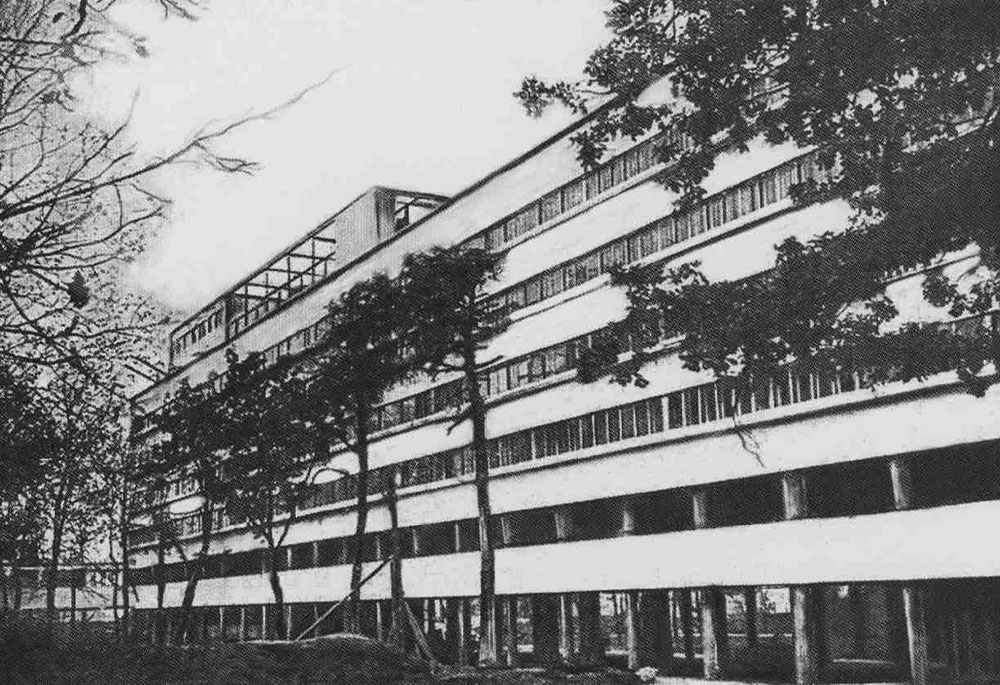
Low rents and creative tenants created a unique community inside avant-garde housing block Narkomfin, but now the owner wants to raise rents and carry out damaging "repairs". Jamie Rann asks what this story tells us about life in Moscow today
Moscow is a hard city. It is energetic and impressive, yet on an architectural level, it offers little that feels human, eccentric or warm. These qualities do thrive, but, as a rule, only in little havens carved out by specific communities, by people coming together in spite of the city — a particular museum, a particular cafe, three particular old ladies sitting on the same bench. One of the more unlikely of these islands is the half-decayed Constructivist housing block known as Narkomfin. In the past decade this treasure of avant-garde architecture has become home to a heterogeneous community with a strong emphasis on creativity and non-conformity. But now, as the owner doubles rents and begins a series of potentially catastrophic “renovations”, it is not only Narkomfin’s architectural integrity that is at threat, but also its status as an exception to Moscow’s harsh norm.
“This unusual building-relic distills many of the discourses that shape modernity, in Moscow and elsewhere”
Narkomfin is more than ninety years old, and it shows: in places it feels lived in, in others unlivable. But it is an elegant kind of dishevelment: the building has the excellent bone structure and easy sophistication of an ageing society beauty. This is an ironic description, perhaps, for a experiment in communal living from the heyday of Soviet social radicalism, but Narkomfin, like all the city’s Constructivist survivors, is redolent of the sense of possibility of Russia’s own Roaring Twenties, of a time when architects like Le Corbusier came to Moscow to marvel at its gamine beauty.
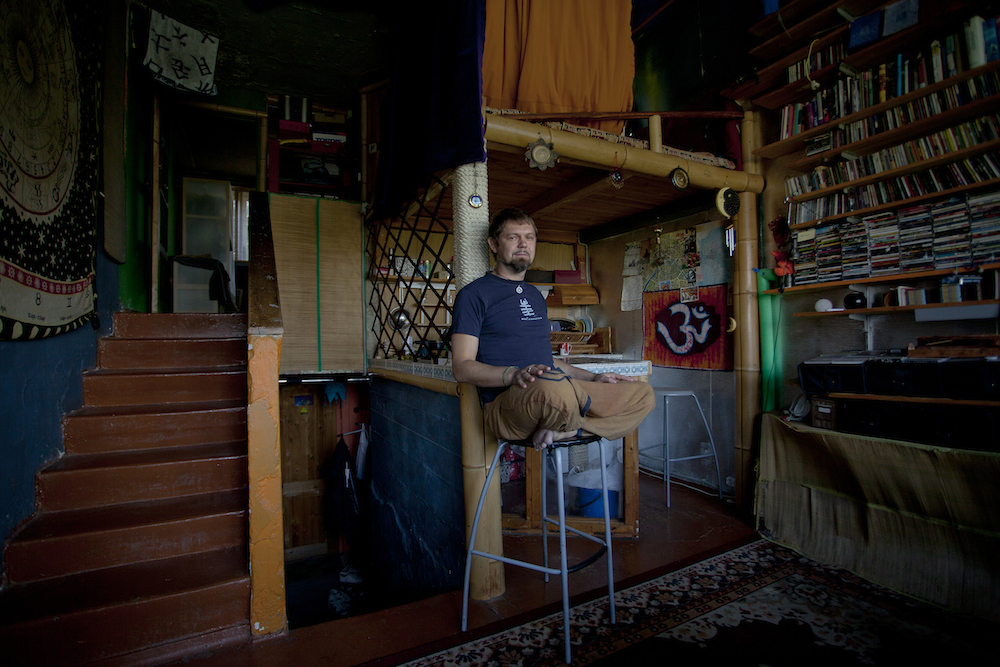
Musician Sasha Rastich in his flat in Narkomfin. To see all of Sergei Savenkov’s pictures of life inside Narkomfin, click here
Now, in its dotage, Narkomfin is as vulnerable as it is venerable: the facade is crumbling, the roof leaks and masonry occasionally falls in chunks from the balconies. But it is far from forgotten — the residents I met had grown blasé about the constant stream of wide-eyed journalists — and, with the long, tense detente between owners and tenants now unravelling, it is more relevant than ever. In fact, this unusual building-relic distills many of the discourses that shape modernity, in Moscow and elsewhere: the awkward tango between the gentrifying middle class and voracious neo-liberal capitalism; the opposing virtues of independence and community; the power of architecture to change people.
None of this, however, felt that apparent last summer when I slipped off Moscow’s booming central ring road and into the verdant park in front of Narkomfin. The building itself is unobtrusive, but the sudden quiet invites the sense that you’re entering an altogether different world. This through-the-wardrobe feeling is redoubled once you’ve snuck past the guards, through a trapdoor and onto the roof. The slick wooden decking that covers half the roof there affords a view of another secret Moscow enclave — the L-shaped compound of the US Embassy, which looks for all the world like a manicured stretch of suburban Massachusetts. (They say all the materials, including the concrete, were shipped in from the States, out of a justified fear of Russian surveillance.)
“This oasis of Americana seems either like a relic of the old Cold War, or a foretaste of a new one; the decking beneath my feet, however, is the epitome of cosmopolitan modern Moscow”
This oasis of Americana seems either like a relic of the old Cold War, or a foretaste of a new one; the decking beneath my feet, however, is the epitome of cosmopolitan modern Moscow — it was constructed by a yoga company, which, in a parody of gentrification, offers downward dogs at dawn atop this architectural icon. It’s a fine looking platform, and the idea of group calisthenics feels very 1930s, but it doesn’t do much to help the residents below who all complain of leaks from snow-melt in the winter.
When he designed the roof in 1928, architect Moisei Ginzburg probably anticipated neither leaks nor yoga. The Narkomfin building, one of a planned four, drew on Ginzburg’s work with the experimental OSA group (Organisation of Contemporary Architects) and represented a new stage in the Constructivist bid to change humanity through architecture: the residents of the building, all workers at the People’s Commissariat of Finance, would have no kitchens of their own, but would eat together in a communal dining block, emancipating women from kitchen drudgery and all the residents from the bourgeois prisons of privacy and isolation. This idealism, however, quickly foundered under the twin pressures of Moscow’s housing crisis, which turned the elegant living “cells” into overpopulated communal apartments, and Stalinist retrenchment, which dismissed the building’s concept as dangerously Leftist. It wasn’t long before a new ground floor was built, the empty space between the piloti on which the building seemed to float was filled in with apartments. For the rest of the Soviet period, the residents of Narkomfin lived through the usual cramped, cheek-by-jowl, improvisational fate of flat-dwellers in the capital of world socialism.

The cats of Narkomfin. To see all of Sergei Savenkov’s pictures of life inside Narkomfin, click here
After privatisation at the end of the Soviet Union, some of the original inhabitants remained (and still do). But the building continued to deteriorate well into this century. This is when the delicate dance with the forces of big finance began. One of the residents I visited in Narkomfin, art critic and teacher Alexander Evangely, recounted what happened, “a typical Moscow story”: an “oligarch” started buying up all but five flats in the building so his new girlfriend could acquire the accessory de jour, an art cluster. Evangely, though cynical — “It’s about creating a reputation, the gentrification of money” — approved of the idea. Artists were brought in to make Narkomfin habitable again. But then in 2008 when the global financial crisis hit, the plan changed: Narkomfin was to become a hotel.
That oligarch was Alexander Senatorov. Now, having emerged from a long legal battle with creditors, Senatorov has, this April, turned his attentions back to Narkomfin, beginning a series of renovations in the building’s two-story penthouse, which may include PVC windows and other anachronisms that will damage the integrity of the building. The architect that Senatorov claimed was leading the project, Nikolai Perelsegin, has distanced himself from it and described it as “illegal”.
The new crisis breaks a productive tension that created a unique ecosystem. For the years in which Senatorov and his company MIAN was a negligent but unobtrusive absentee landlord, rents were surprisingly low, attracting the usual shock troops of gentrification — the artists and free-wheeling “creatives” who are happy to make do and mend, putting up with damp and peeling plaster. They gradually renovated the individual apartments, which, while small, feel roomy thanks to their ingenious zig-zagging three-storey structure.
I met with Sasha Rastich, the vocalist in “post-grunge” rock band Seventh Race, in the apartment he had rebuilt — it was simple and elegant, with east Asian flourishes. He moved in because it was cheap, knowing nothing of the building’s history, but has come to love Narkomfin’s offbeat atmosphere, which he says helps him in his songwriting day job: “If I lived in some ordinary box on the edge of Moscow, I’d probably have a different mood.” He has also found collaborators in the building: the cover of one of his albums was painted by Maxim Orlitsky, an artist living upstairs.
Is this bohemian collaboration, I wonder, a strange rebirth of the building’s original communal concept? Residents are equivocal. I sit on a curved balcony having tea with Anton and Polina, a loquacious and welcoming young couple who run a fashion label, Imago, from their flat. They also praise the sense of community, and potential for collaboration, but are quick to point out that things are very different now: there is no communal kitchen and no communal laundry. They’re right: every individual flat I go into has been renovated and decorated in very different ways (while still respecting the original architectural intention) — this is actually the triumph of a certain tasteful bourgeois individualism, not of social radicalism.

Alexander Evangely in his flat at Narkomfin. To see all of Sergei Savenkov’s pictures of life inside Narkomfin, click here
It is tempting, in fact, to dismiss Narkomfin as a typical story of dubious inner-city “regeneration”, with abandoned urban space gradually reclaimed by increasingly higher income brackets. When I spoke to them, Anton and Polina said that a lot of the original crowd had moved on now. As ever with any self-aware bohemian phenomenon, the heyday of abandon and creativity is always fixed about two years in the past. But they were right about the general trend: they too, days ago, have had to leave Narkomfin.
“Narkomfin and other islands of gentility represent the creation of a hermetically sealed world of demure taste and liberal values”
What is more, the Constructivists were striving to transform humanity: Narkomfin and other islands of gentility represent the creation of a hermetically sealed world of demure taste and liberal values. The building is like a scaled up version, perhaps, of the capacious black hoodies that Imago makes, which, Anton tells me, are “like protective swaddling, defending you from the hyperreality of the city and the prejudices of people in the metropolis”.
Nonetheless, until Senatorov’s recent renovations began, there was a natural brake on the cycle of up-scaling: the leaks and cracks meant that, while the secondary wave of gentrifiers, the liberal architects and critics have arrived, the next stage — the estate agents and odious online journalists — has stayed away.
Around the corner from the enchanted world of Narkomfin is the Stalinist skyscraper on Kudrinskaya Ploshchad. On its ground floor is a garish chain diner that proudly offers that gastronomic solecism, restaurant street food. Criticisms of the gentle gentrification of Narkomfin melt away in the face of such a corporatised take-over of public space.
Does such a fate now await Narkomfin? In five years time will Ginzburg’s ruined communal kitchen block house a Costa Coffee catering to the accountants who live upstairs? It would, subjectively, be a shame, but this is not a battle that can be won. The alchemy of community is almost impossibly hard to control, especially in cut-throat Moscow conditions. And, in fact, this might even be truer to Ginzburg’s original vision than the pleasingly jumbled status-quo: Narkomfin was built for accountants and at least in this scenario they’d be eating reheated paninis together, not in bourgeois isolation.
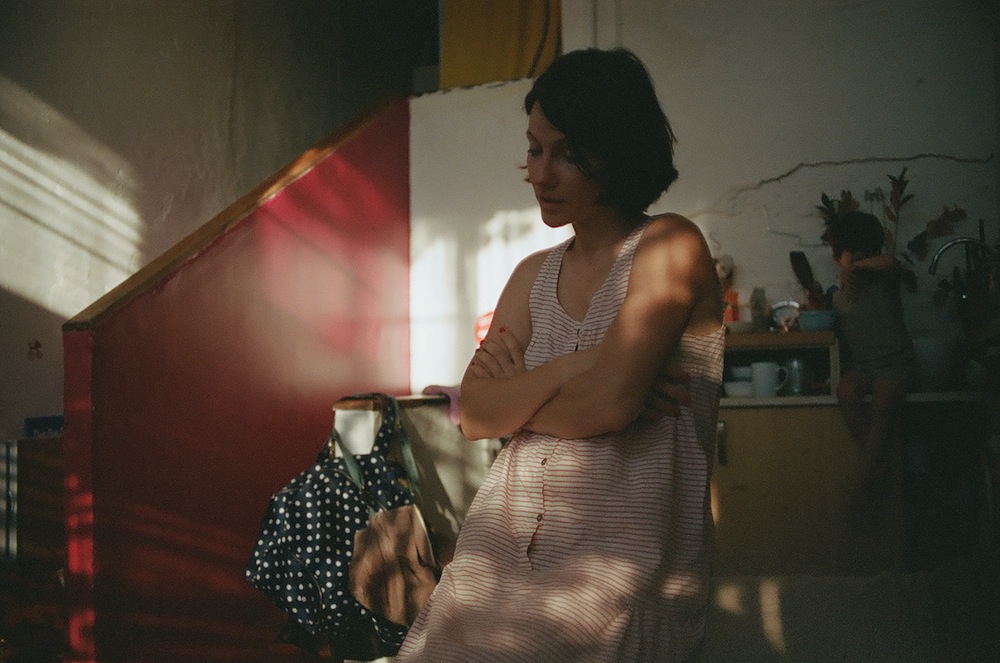
Anna, an architect, with her son in their flat in Narkomfin. To see all of Sergei Savenkov’s pictures of life inside Narkomfin, click here
There is, however, a battle that can be won — the struggle to preserve the broad sweep and granular detail of Ginzburg’s architectural vision. Despite limited acquiescence to my romantic urgings about genius loci and the tangible connection with the revolutionary avant-garde, again and again the people I talk to emphasise not the history of Narkomfin, but its architectural strengths. Anna, an architect who lives with her young son, praises the quality of the light; Alexander Evangely makes a rare foray out of monotone to enthuse about the solidity of the construction and the level of detail in the window design; Anton rhapsodises about the positioning of the building in the landscape, the greenery and the gentle breeze. Nearly all of them say, simply, “that it suits my way of life”, makes it easier for them to live, work and to create.
Despite the manifold political, social and economic differences between the era of its creation and today, Narkomfin continues, in its own way, to embody the Constructivist ethos that thoughtful, careful building allows ordinary people to fulfill their potential, be they artists or accountants. And that is why Narkomfin must be saved.


